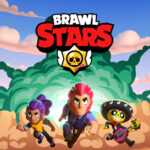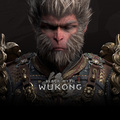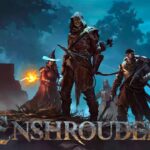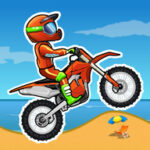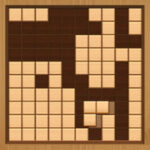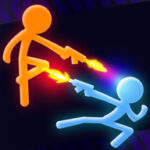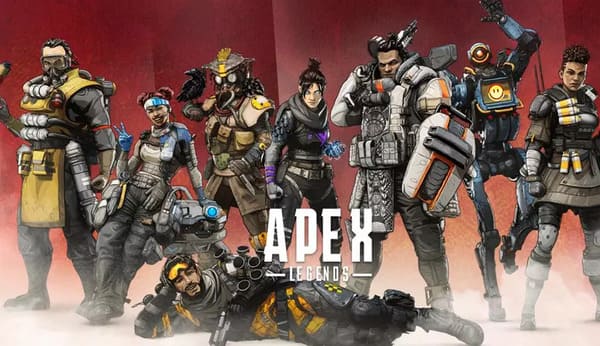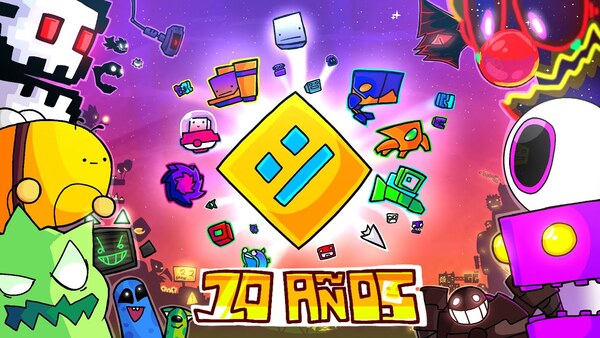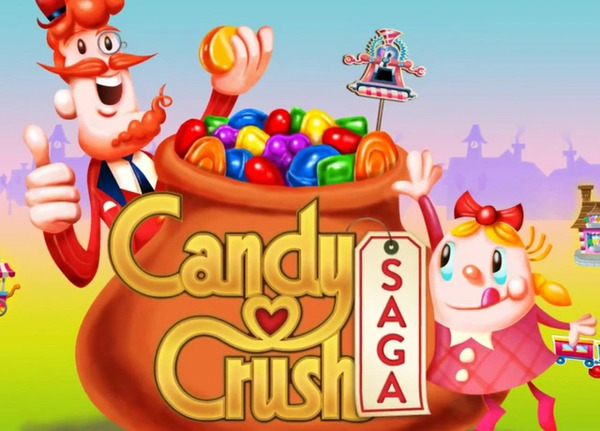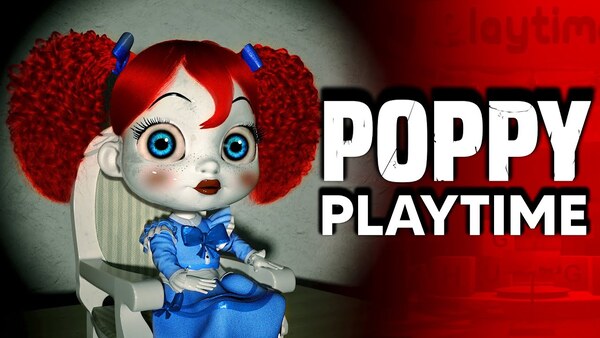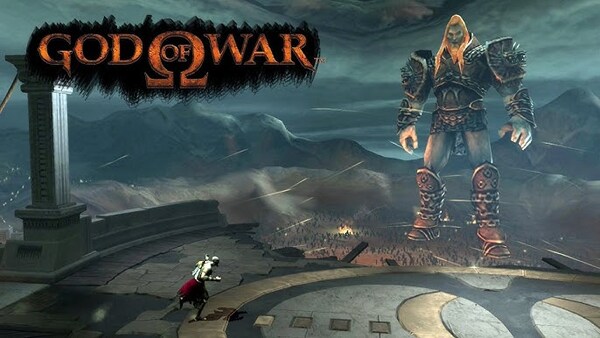A Roguelite With Gunpowder and Grit
Gunfire Reborn is a game that’s hard not to admire at first glance. A hybrid roguelite-FPS with RPG elements and charming cel-shaded visuals, it throws players into procedurally generated dungeons filled with loot, chaos, and increasingly dangerous enemies. Developed by Duoyi Games, it captured attention for its tight gunplay, colorful cast of anthropomorphic heroes, and fluid co-op gameplay supporting up to four players.
Yet beneath the vibrant chaos and randomized excitement lies a critical issue that has only grown more visible as the game matured: difficulty scaling between solo and multiplayer modes. Specifically, the game seems balanced primarily for co-op, leaving solo players with an increasingly punishing — and arguably unfair — experience, particularly at higher Ascension levels and difficulties like Reincarnation V–VIII. This imbalance not only undercuts the sense of progression but also distorts core design values in what is otherwise a mechanically brilliant game.
This review takes a deep look into this very issue: the uneven challenge between solo and multiplayer modes in Gunfire Reborn, how it affects the player experience, and why it's more than just a numbers game.
The Duality of Design: Roguelite Meets Multiplayer FPS
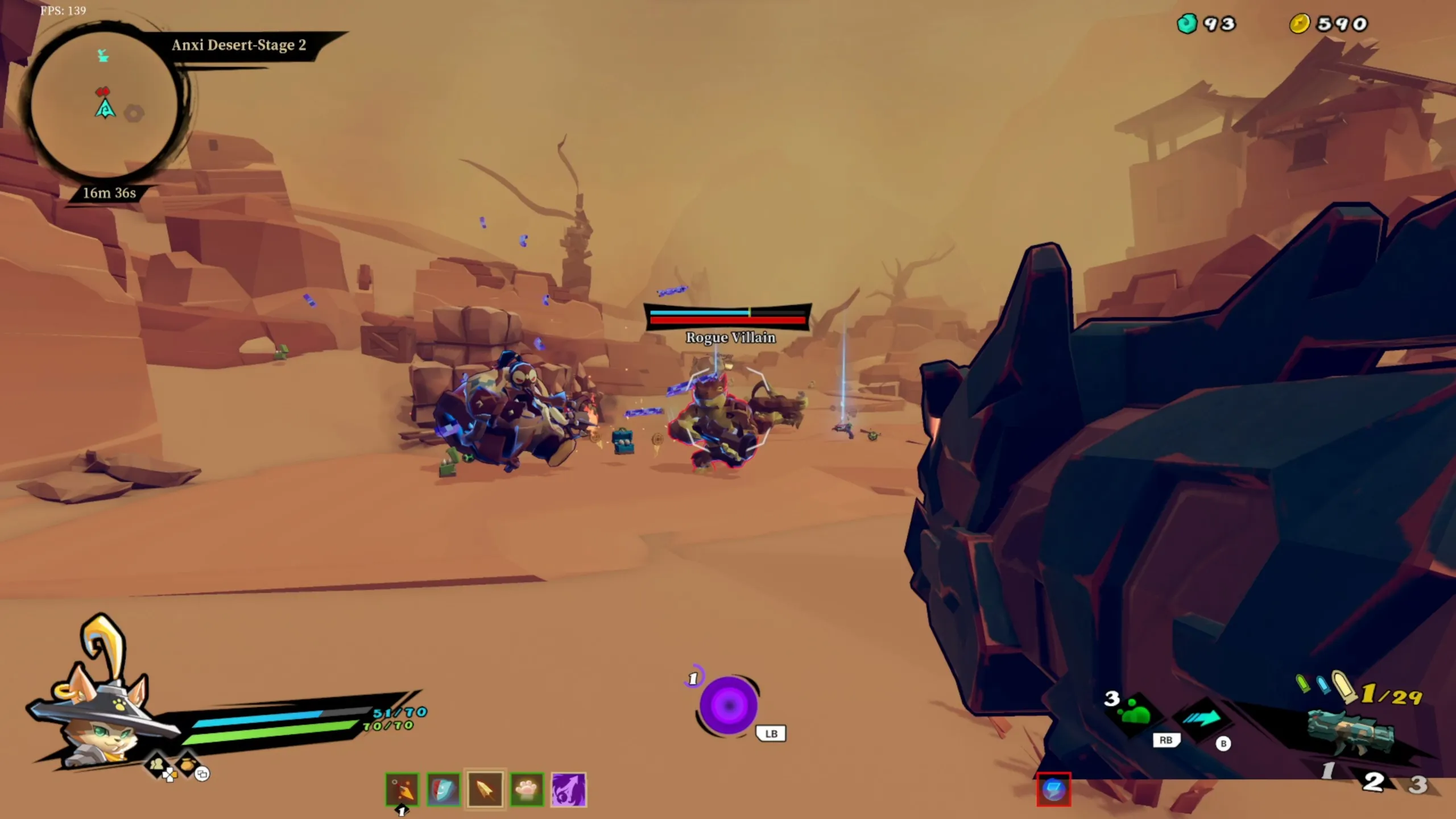
Gunfire Reborn thrives on unpredictability. Players dive into randomized dungeons, unlocking weapons, scrolls (passive buffs), and talents that stack up to form overpowered builds or hilarious misfires. This sense of emergent chaos is one of the game’s biggest strengths.
However, the core of its problem lies in trying to combine two traditionally opposite design philosophies:
-
Roguelites often focus on single-player, requiring tight, individual balance.
-
Co-op shooters often demand enemy tuning that accounts for teamwork, burst damage, and diverse utility roles.
Gunfire tries to do both — and that’s where the cracks start to show.
The Scaling Structure: Numbers That Don't Tell the Whole Story
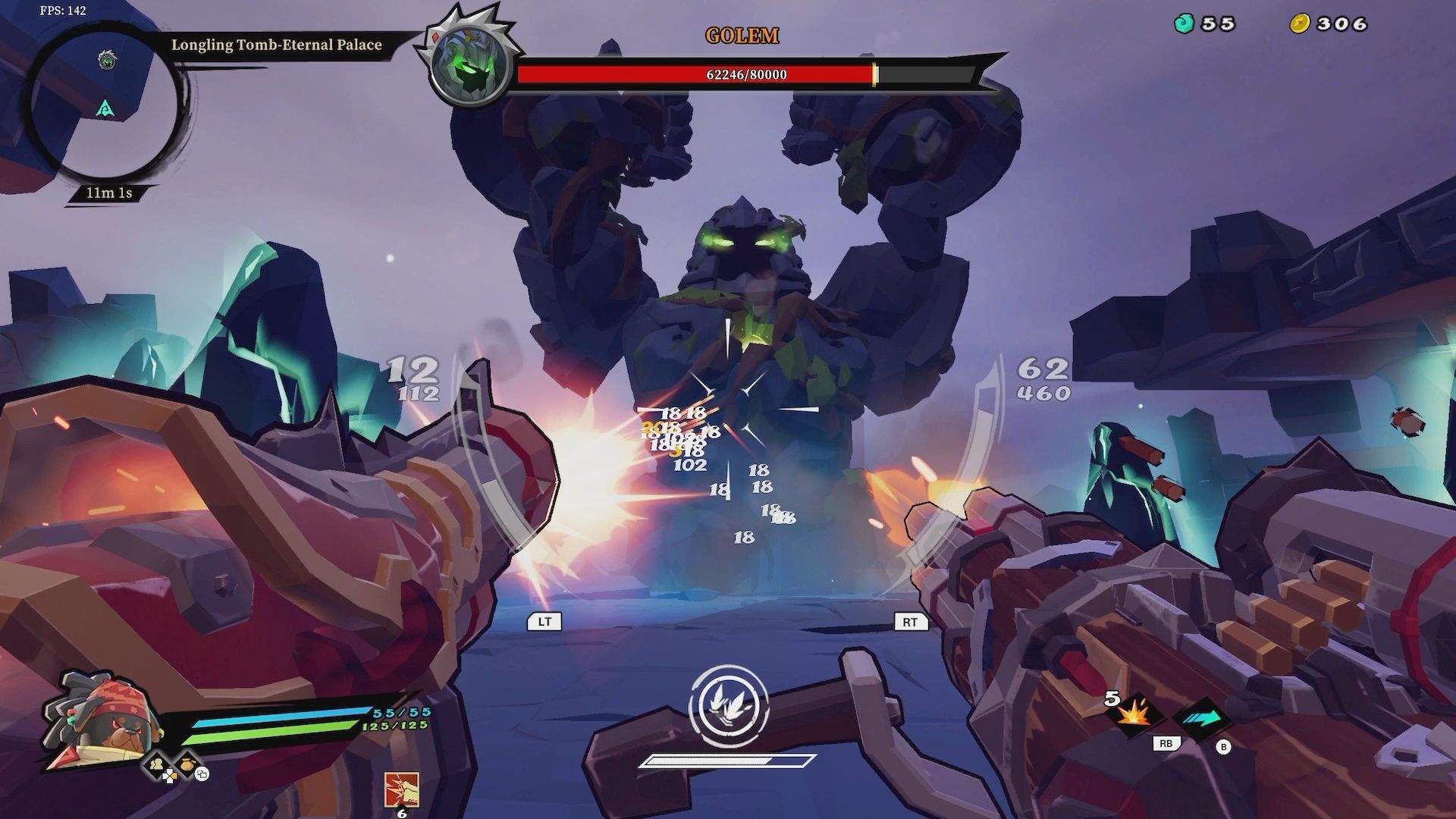
At face value, Gunfire Reborn uses a dynamic enemy scaling system:
-
Enemy HP and damage increase with more players.
-
Loot drop chances are adjusted.
-
Enemy density and spawn patterns shift to maintain challenge.
While this seems logical, the implementation is far from perfect. The problem isn’t that enemies get tougher in co-op — it’s that they are disproportionately tuned to be "too tough" when you're alone. Let’s break it down:
Solo Scaling Fails on Three Fronts
-
Enemy Bulk and DPS at High Difficulty
-
On difficulties like Reincarnation V and above, solo players face enemies with bloated health pools and massive damage output.
-
Bosses become DPS sponges, requiring you to kite and survive for long periods — something manageable in co-op where multiple players split aggro and revive each other.
-
-
Lack of Redundancy in Builds
-
Roguelite progression relies on synergies between scrolls, weapons, and Ascensions. But in solo mode, one weak drop chain can ruin a run.
-
In co-op, players can fill each other's weaknesses: one tanks, one debuffs, another nukes. Solo? You're all-in-one — and that’s a tall order.
-
-
The No-Revive Dilemma
-
In solo, death is the end. In co-op, you get a revive timer and chances to continue. This makes solo attempts far less forgiving and forces more conservative play.
-
Build Dependency and RNG Friction
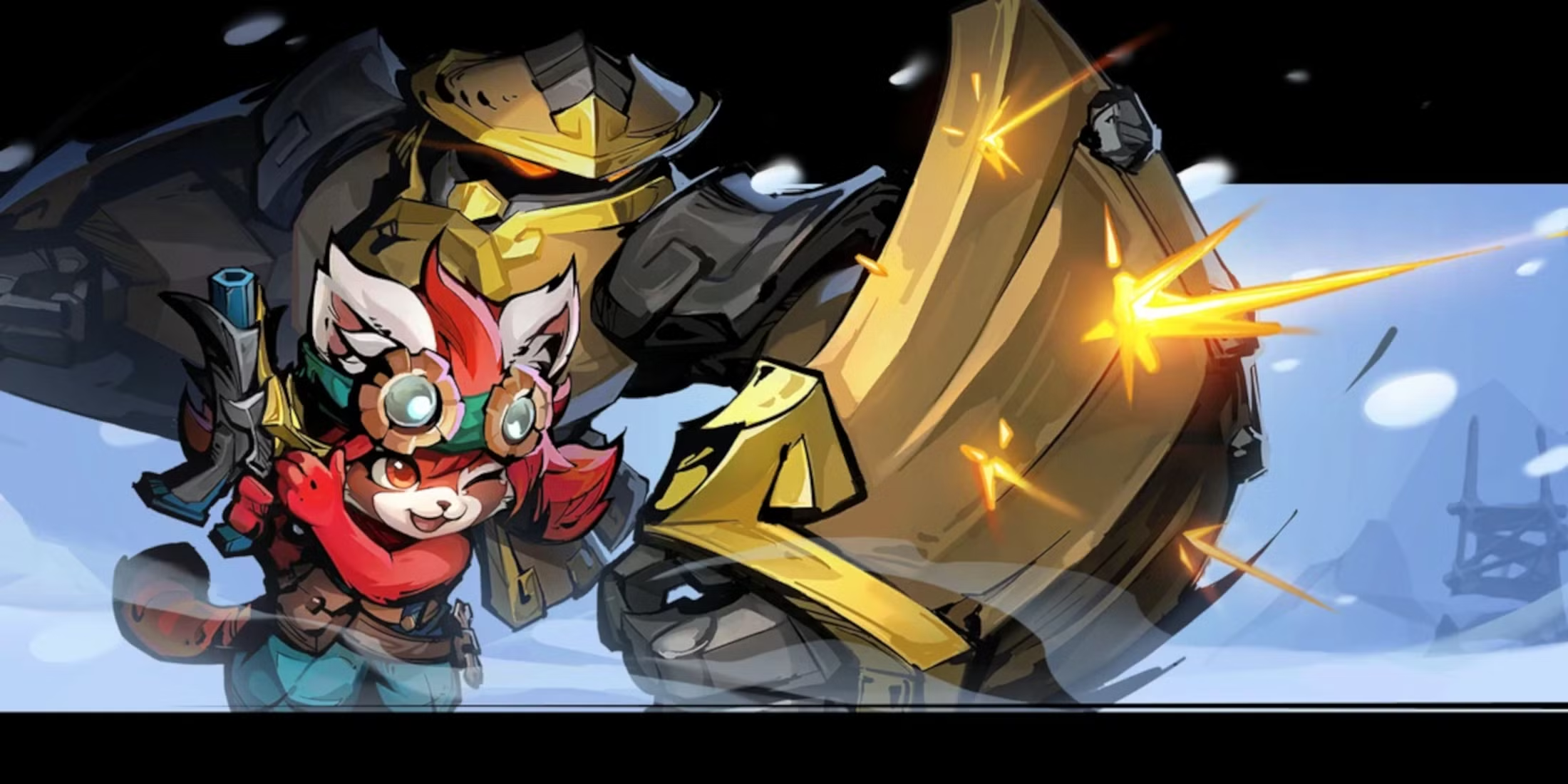
The brilliance of Gunfire Reborn’s build system is also its Achilles heel. Scrolls, Ascensions, and weapons interact to create devastating synergies — elemental explosions, ricochet bullets, unlimited crit chains.
But this only works if RNG is kind. In solo play:
-
One bad scroll can completely nullify your survival ability.
-
Critical healing items are rare, and you lack a teammate to throw you a lifesaving scroll or revive.
-
In co-op, synergy can be spread among players. One player focuses on fire damage, another on shields, creating hybrid team dynamics. Solo play forces you into linear strategies with fewer escape routes when the build fails.
This randomness, combined with scaling, results in the feeling that solo play isn’t just harder — it’s less fair.
Boss Encounters: The Ultimate Solo Test

Gunfire Reborn’s bosses are visually stunning and mechanically well-crafted — until you try to solo them in Reincarnation difficulty.
Problem Areas:
-
High HP Pools: Solo boss fights can drag on for 10+ minutes, forcing boring kite-and-peck playstyles.
-
Mob Spawns: Bosses often summon minions — manageable in co-op where one player can focus on adds, another on the boss. Solo players must juggle both.
-
One-Shot Mechanics: Several bosses have AoE or rapid-damage attacks that can one-shot squishier solo builds. In co-op, you can get revived — solo? Run over.
Case in point: Abyssal Serpent in Reincarnation VI–VIII. His arena, laser attacks, and homing orbs are manageable with multiple players — but in solo? One misstep, and it’s over.
Statistical Analysis: What the Community Says

Player discussions on forums like Steam, Reddit, and Discord consistently mention:
-
Higher solo Reincarnation clears are done only by a fraction of the player base.
-
Some characters (e.g., Ao Bai, Xing Zhe) perform far better solo due to tankiness or mobility.
-
Support characters (e.g., Qing Yan or Tao) rely heavily on co-op synergy to reach full potential.
In fact, community-generated tier lists often separate solo and co-op rankings, which is rare in balanced roguelites.
Character Balance and Its Impact on Solo Viability
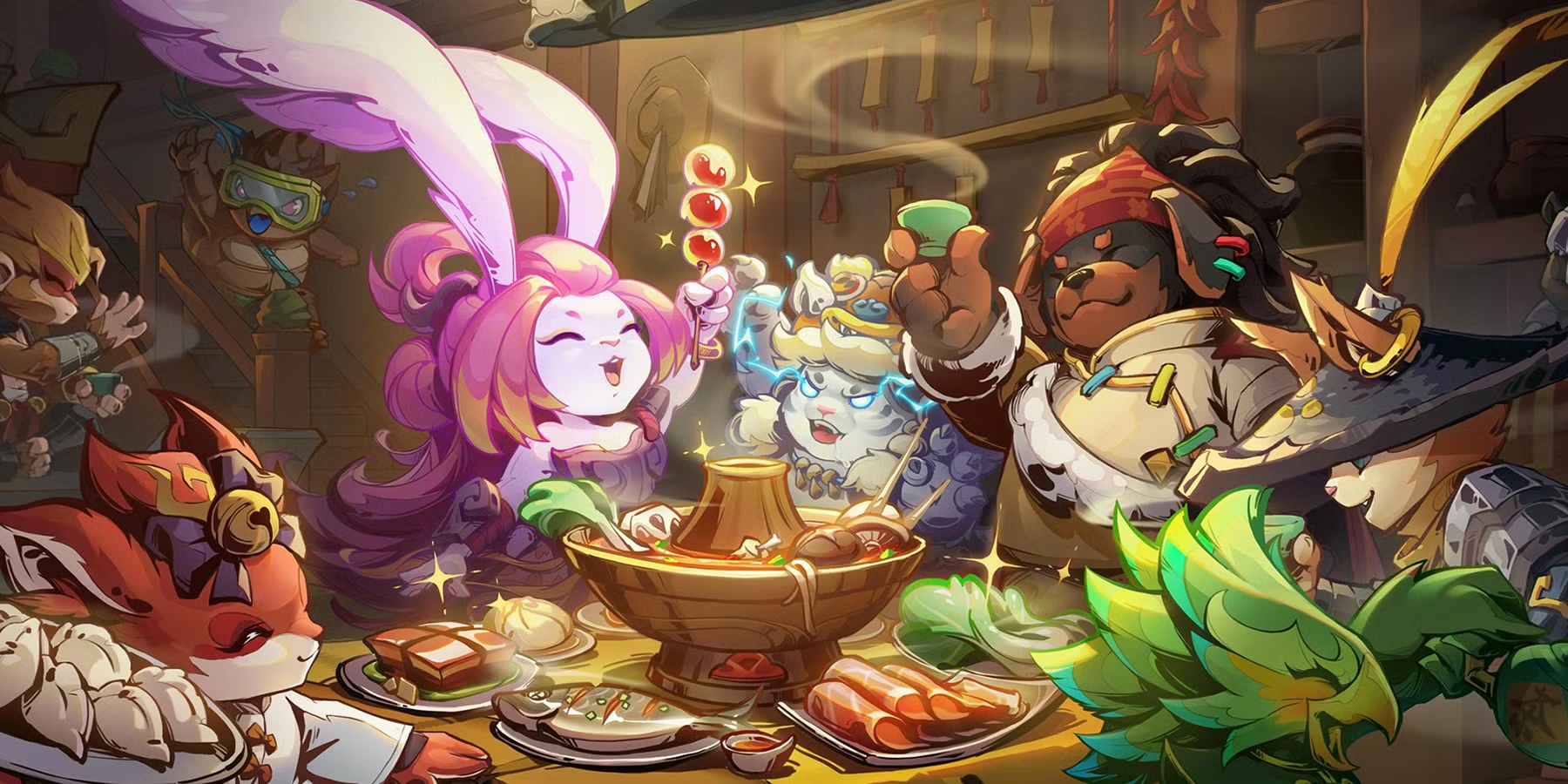
Gunfire's six main characters offer unique playstyles, but some shine in co-op while floundering solo:
Co-op Heroes that Struggle Solo
-
Tao: High DPS but extremely squishy — in solo, one misfire can kill your run.
-
Qing Yan: Melee focused — difficult to sustain in solo without strong defensive scrolls.
-
Qian Sui: Great at crowd control but needs support for full damage output.
Solo-Friendly Champions
-
Ao Bai: Tanky, explosive, forgiving.
-
Xing Zhe: Agile, powerful self-synergies.
This creates a funneling effect: players who want to solo high difficulties are forced to pick specific heroes, undermining the game’s intended class diversity.
Potential Solutions That Haven’t Been Implemented
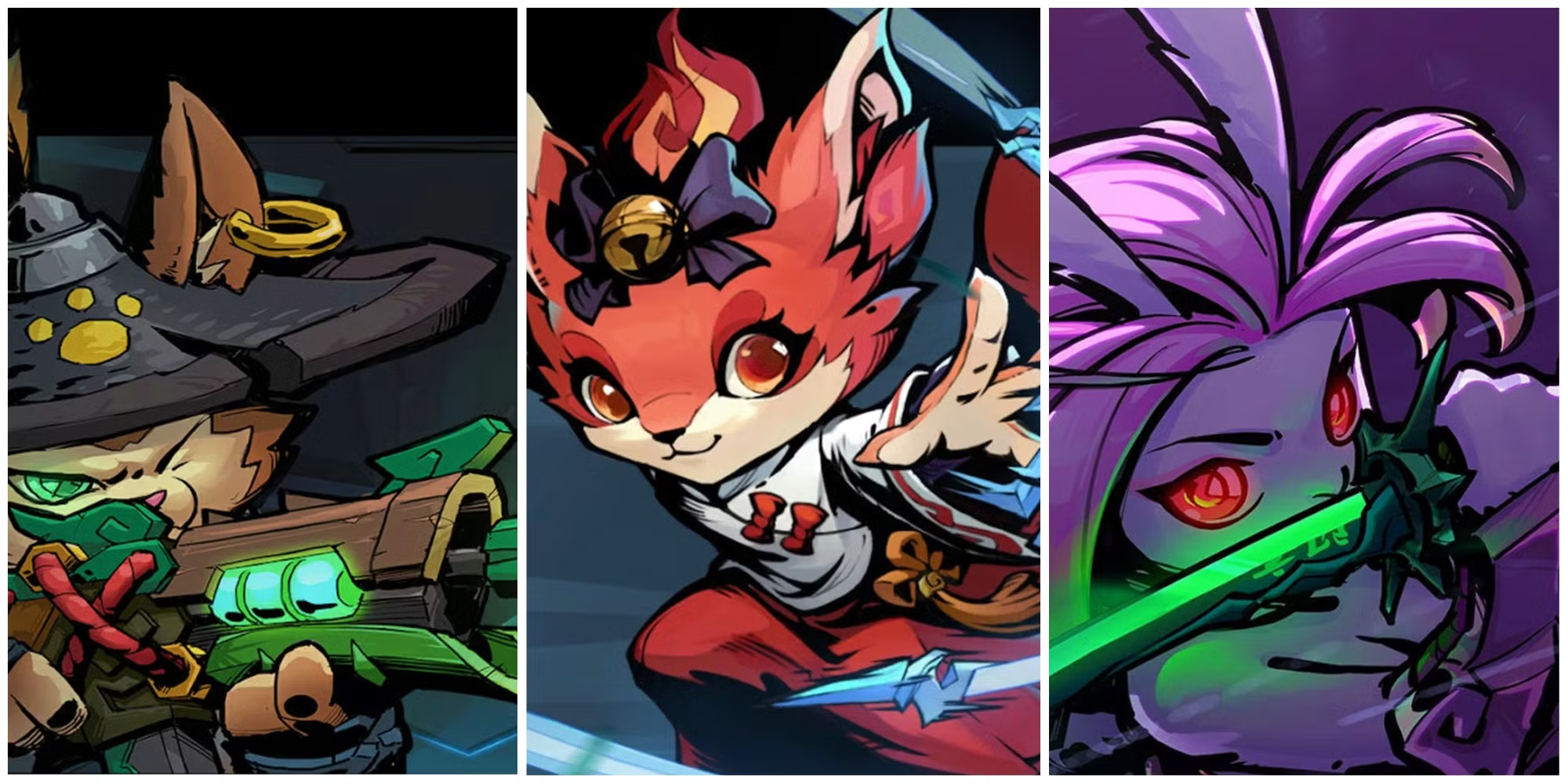
Interestingly, many of the issues discussed are not inherent flaws — they are designable around. Here are fixes the developers could consider:
-
Solo Mode Damage Scaling Adjustment
-
Reduce enemy HP or add damage multipliers for solo players past a certain difficulty.
-
-
Self-Revive Mechanic for Solo
-
Introduce a one-time revive per stage or stage-based soul essence revival option.
-
-
Smarter Scroll Pool Management
-
Let solo players reroll scrolls more affordably or reduce RNG punishes.
-
-
Boss AI Adjustments
-
Tweak targeting and patterns based on player count. Solo players shouldn’t fight multi-aggro bosses alone.
-
-
Character Role Flexibility
-
Buff underperforming solo characters with more solo-sustain scrolls or shield talents.
-
As of now, the developers have mainly focused on weapon additions, character tuning, and cosmetic enhancements — but scaling mechanics remain largely untouched.
Why This Matters: The Identity Crisis of Gunfire Reborn

Ultimately, Gunfire Reborn is caught between two identities:
-
A co-op arena shooter that excels in synergy and chaotic teamplay.
-
A roguelite experience that demands solo challenge, precision, and build mastery.
Balancing for one without compromising the other is difficult — but failing to address it creates a rift in the community and alienates solo players who want the full experience.
Many roguelites like Hades or Dead Cells are designed for solo — tight, incremental tuning makes progress feel fair. Gunfire, despite its addictive mechanics, risks making solo players feel punished for not having friends online.
Conclusion: A Game Worth Fixing, Not Abandoning
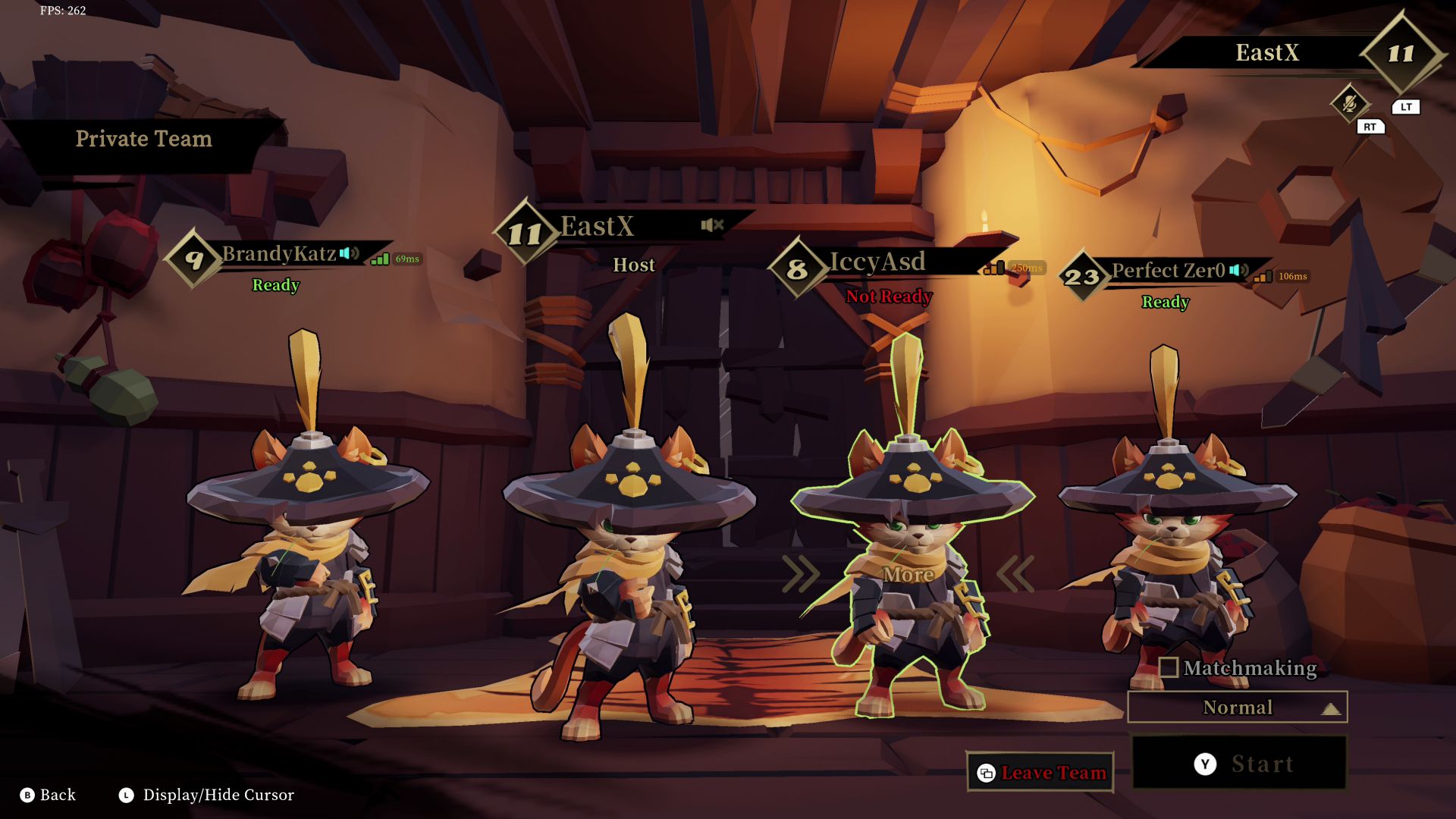
Gunfire Reborn is not a broken game — far from it. It is one of the most polished and engaging roguelite FPS titles on the market. But its core solo experience suffers under the weight of scaling mechanics that favor co-op gameplay, especially at higher levels of challenge.
If you enjoy dynamic co-op chaos, few games match its intensity and creativity. But if you prefer roguelite mastery in a solo journey, expect a steep, sometimes unrewarding climb — not because you lack skill, but because the numbers aren’t on your side.
The developers have already built an excellent foundation. Fixing the solo scaling issue would elevate Gunfire Reborn from a fun co-op shooter to a truly timeless roguelite classic.







